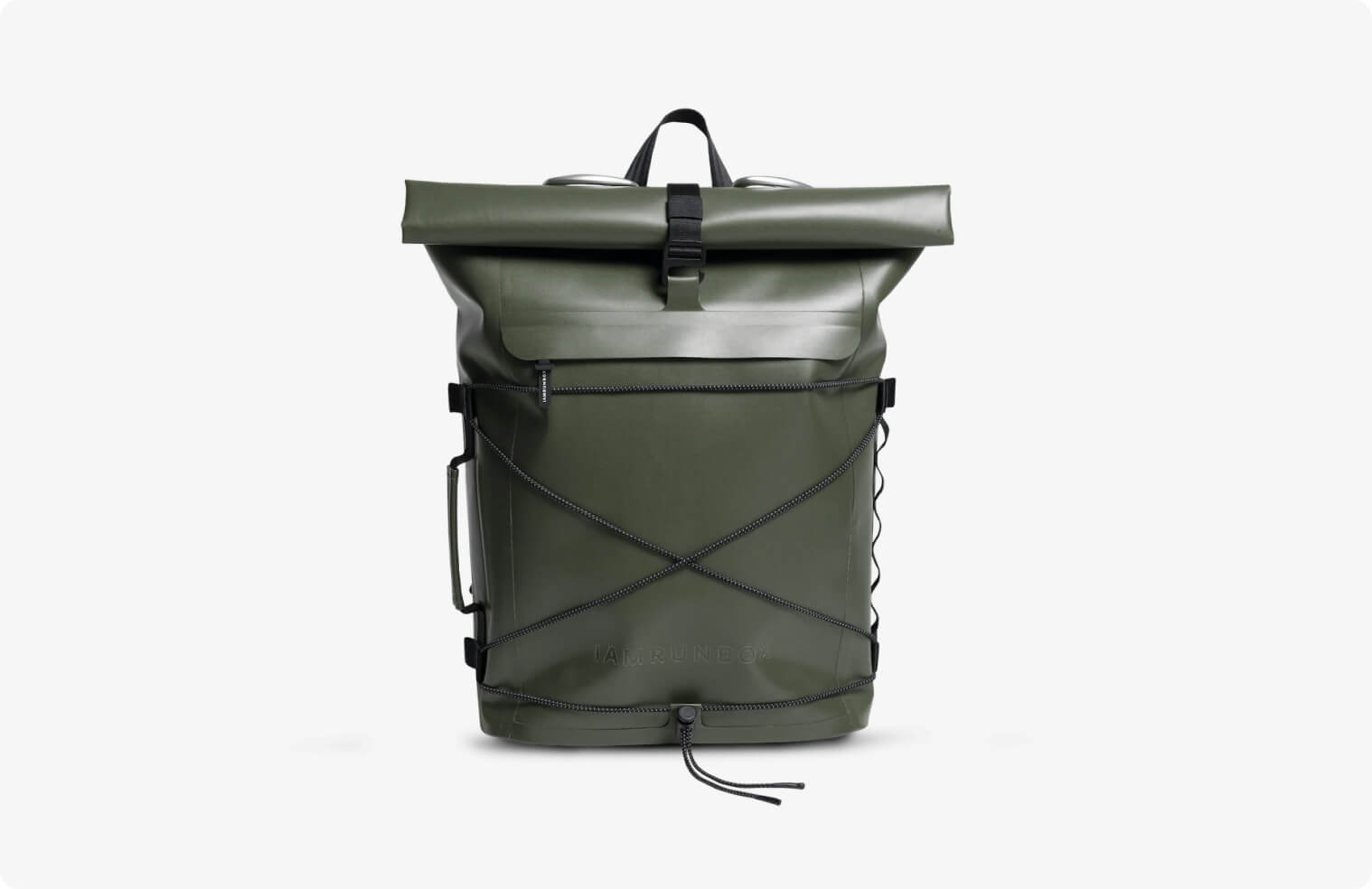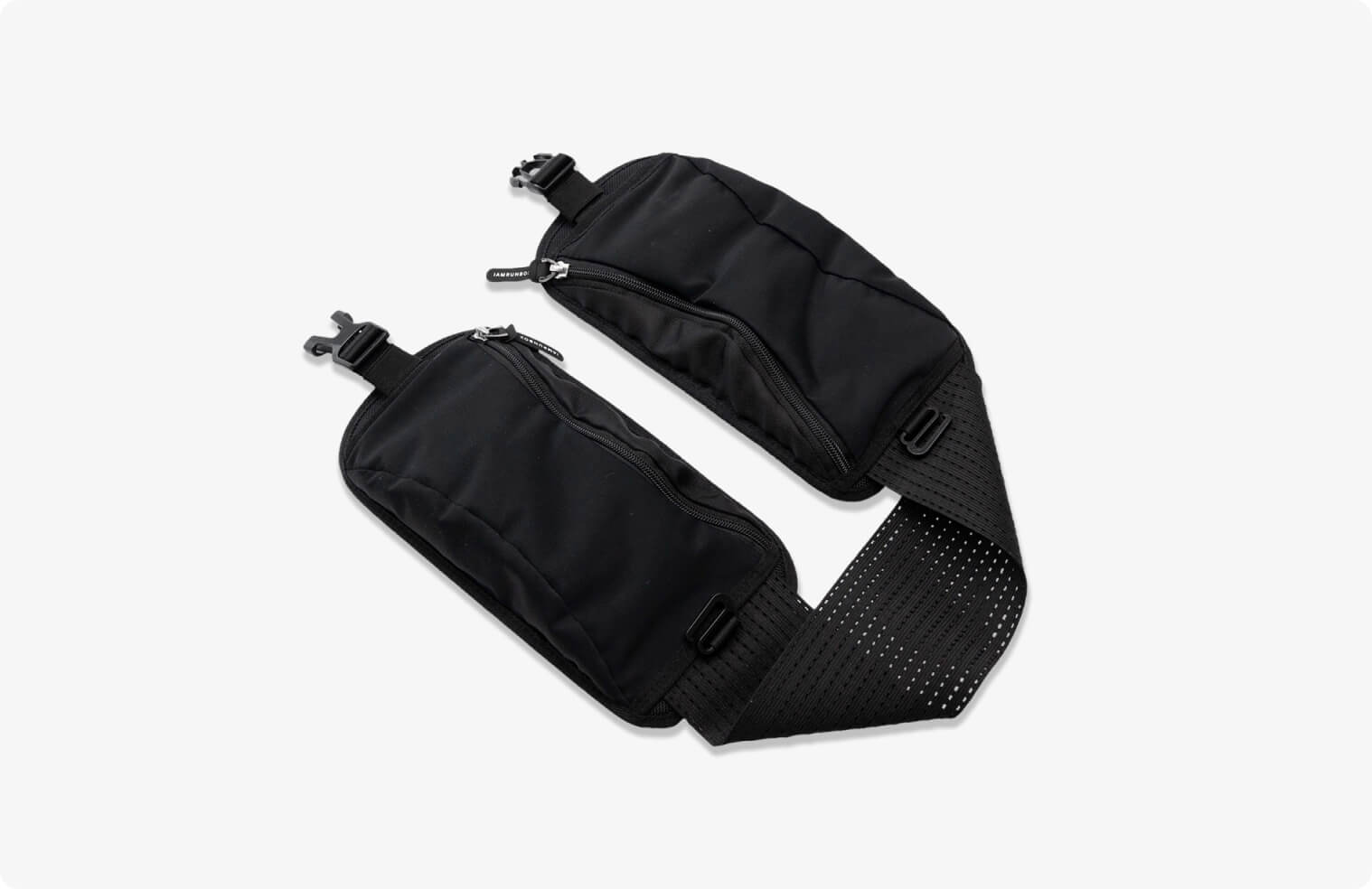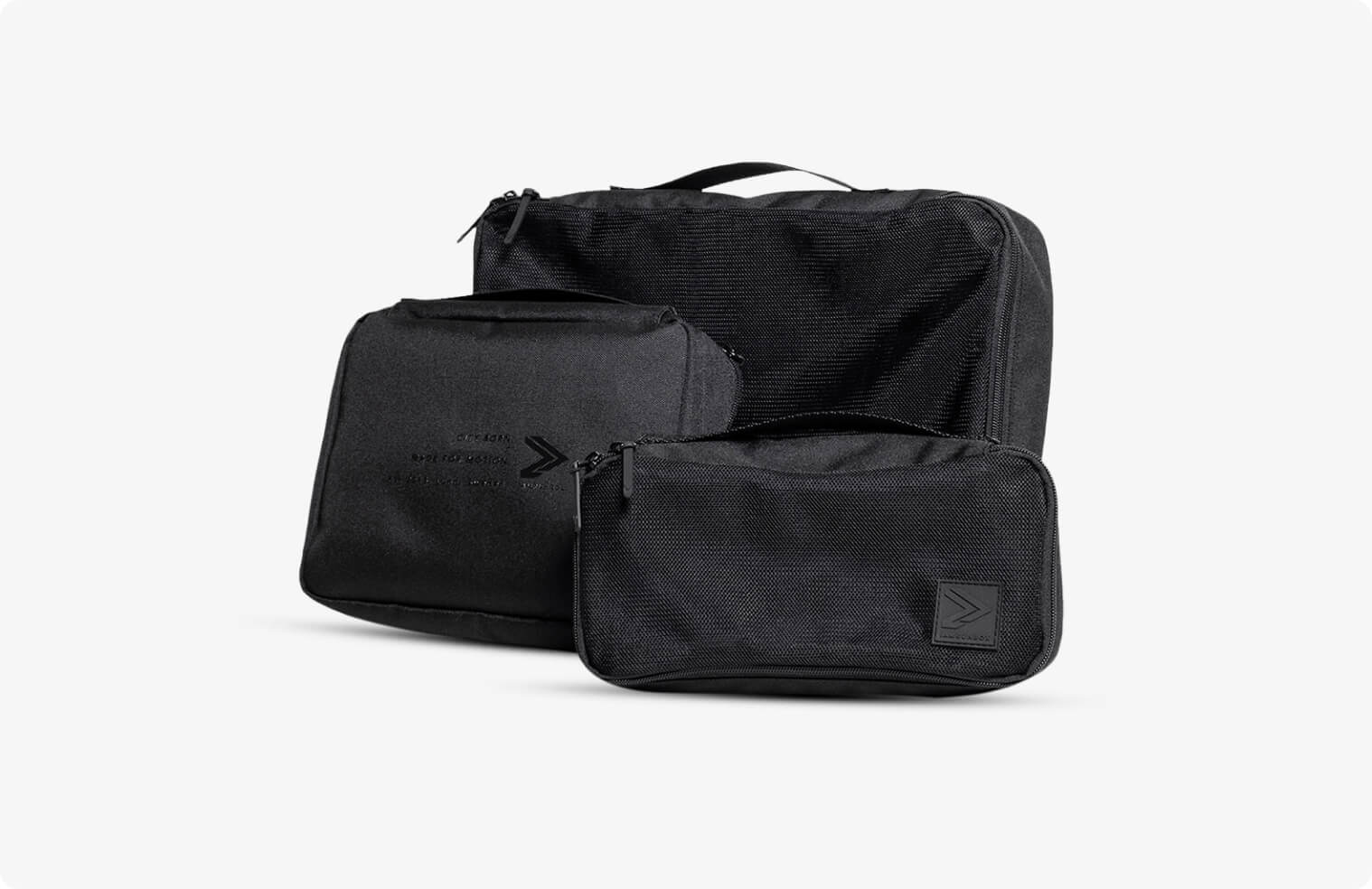
FINDING YOUR STRIDE
IN RECOVERY RUNS
Hello, fellow runners and backpack athletes!
There’s a universal truth for us who love to lace up our shoes and hit the pavement - there's nothing quite like the euphoria of a successful, challenging run. But as we keep pushing our limits, how we rest and recover becomes just as vital as how we train. That's why today, we're focusing on an often overlooked, yet absolutely essential part of your running regimen: the recovery run.
There’s a universal truth for us who love to lace up our shoes and hit the pavement - there's nothing quite like the euphoria of a successful, challenging run. But as we keep pushing our limits, how we rest and recover becomes just as vital as how we train. That's why today, we're focusing on an often overlooked, yet absolutely essential part of your running regimen: the recovery run.

The Purpose of
a Recovery Run
We’re all drawn to the thrill of intense workouts, long-distance running, and speed work. Yet, it's crucial to balance this intensity with periods of relative tranquility. That's where recovery runs come in - those light, easy-going trots aimed at promoting muscular healing and systemic recovery. Let's think of recovery runs as the unsung heroes of your training program. They help reduce the residual fatigue from your harder sessions, while allowing your body to adapt and grow stronger. As the name implies, these runs are not about breaking speed records or tackling monstrous distances, but rather about letting your body relax, refresh, and revitalize.

How to Nail a
Recovery Run
Recovery runs should feel comfortable and sustainable. A good rule of thumb is that you should be able to hold a conversation while running. If you're too breathless to talk, slow down - you’re probably running too fast. The goal here is not to exhaust yourself further, but to increase circulation, speeding up the delivery of nutrients to your muscles and flushing out waste products from your hard sessions.
As for the distance, it depends on your overall weekly mileage and fitness level. For some, a recovery run might be a comfortable 3km jog around the park, for others, it may be an easy-paced 10km. Listen to your body and adjust accordingly.
And remember - never underestimate the power of the recovery run. It’s tempting to skip these 'easier' days, thinking they're not doing much for your fitness. However, it's during these slower-paced runs that the magic of adaptation and strength-building happens.
As for the distance, it depends on your overall weekly mileage and fitness level. For some, a recovery run might be a comfortable 3km jog around the park, for others, it may be an easy-paced 10km. Listen to your body and adjust accordingly.
And remember - never underestimate the power of the recovery run. It’s tempting to skip these 'easier' days, thinking they're not doing much for your fitness. However, it's during these slower-paced runs that the magic of adaptation and strength-building happens.

Aligning Recovery
Runs with Your Life
Whether you're a seasoned marathoner or a running newbie, it's important to incorporate recovery runs into your weekly schedule. But how do you fit them in with the other thousand things you must do?
Here's a tip: turn them into a functional part of your day. Use your recovery run for commuting, to get to work in the morning or back home in the evening. Just pack your essentials in your Everyday Rolltop with the Waist Pocket Belt attachment, put on your most comfortable running gear, and take a scenic, slower-paced route. That way, your recovery run will double as a moment of active relaxation, stress relief, and can serve as your own time to contemplate and plan.
Remember, it's not just about covering the distance, it's about the journey. And recovery runs are an essential part of that journey.
Here's a tip: turn them into a functional part of your day. Use your recovery run for commuting, to get to work in the morning or back home in the evening. Just pack your essentials in your Everyday Rolltop with the Waist Pocket Belt attachment, put on your most comfortable running gear, and take a scenic, slower-paced route. That way, your recovery run will double as a moment of active relaxation, stress relief, and can serve as your own time to contemplate and plan.
Remember, it's not just about covering the distance, it's about the journey. And recovery runs are an essential part of that journey.

The Takeaway
Running is not merely a physical endeavor; it's a balancing act that requires mindfulness, careful planning, and listening to your body. Integrating recovery runs into your routine may seem like a step back at first, especially when you're buzzing with the adrenaline of improvement. Yet, these runs are the invisible glue that holds your training together, aiding in recovery and preparing your body for the next challenge.
So, the next time you're mapping out your running schedule, don't forget to include a recovery run or two. Your body (and future race times) will thank you!
Happy running and remember - always enjoy the journey!
So, the next time you're mapping out your running schedule, don't forget to include a recovery run or two. Your body (and future race times) will thank you!
Happy running and remember - always enjoy the journey!



